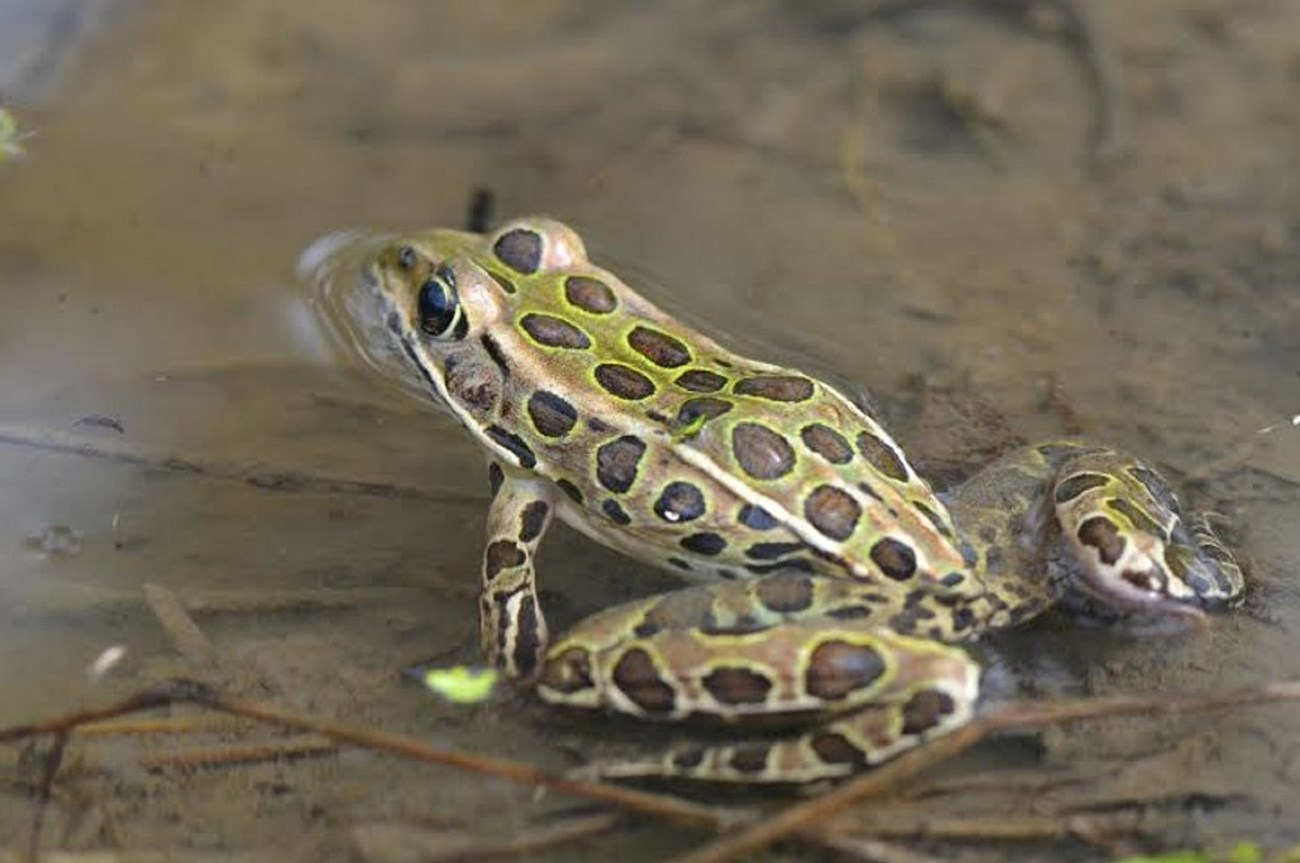Last updated: March 17, 2021
Article
Partner Spotlight | Lower Farmington and Salmon Brook - Volunteers Protect the High Floodplain Forests at High Risk for Invasion
by Cassidy Quistorff, NPS Communications Fellow, with Consultation from Field Botanist Bill Moorhead
Through decades-long efforts, these river communities work to preserve a distinctive land-type that has extraordinary conservation and ecological value.
Beginning in the early 2000s, the Farmington River Watershed Association took an interest in a special type of landscape along the river - the high floodplain forests. These unique spaces are considered by The Nature Conservancy to be “arguably the rarest forest type in the region.”
They also offer many important ecological services, such as filtering out pollutants that can get into streams, controlling erosion, and creating a buffer against intense flooding. Approximately 200 acres of intact high floodplain forest were identified along the Lower Farmington River in a survey conducted in 2002. Within those areas, five state-listed rare plants, several uncommon plants, and multiple animal species that have a high conservation concern, such as the American Woodcock and Leopard Frog, were identified.

The most serious threat to these high floodplain forests is the infiltration of invasive species. The intensity of these plant invasions range from moderate to severe. Some species can completely dominate the understory. Some of the most common invasive species in these areas are Japanese barberry (Berberis thunbergii), winged euonymus (Euonymus alatus), autumn olive (Elaeagnus umbellata), garlic mustard (Alliaria petiolata), and dame’s rocket (Hesperis matronalis). These non-native plants can overrun and outcompete native species, causing serious ecological harm for other plants and animals that depend on the native plants for food, shelter and reproduction.
Through efforts from the Lower Farmington and Salmon Brook Wild & Scenic Committee and the Farmington River Watershed Association (FRWA), continuing volunteer efforts to remove invasive plants have been underway since 2005. One of the main questions that needed to be answered was: ‘What are the most efficient and safest methods for volunteers to use to remove barberry and other woody invasives?’ After several methods failed, the ultimate solution was for one person to use a crowbar with a team working to pull up the often thorny invasive plant by hand. Once pulled, the invasives were concentrated into a pile and placed in a location where they were unlikely to spread and propagate.

These treatments have come with some promising results. State-threatened Davis’s sedge (Carex davisii) has increased from around 100 plants to several thousand across the treated areas. In addition, State plant of special concern, Virginia waterleaf (Hydrophyllum virginianum), has also shown increases.
Since invasive species tend to come back with vengeance, monitoring is necessary. Monitoring efforts showed that some areas have shown increases in garlic mustard and Japanese stiltgrass, yet the story of the high floodplain forest is hopeful in more ways than one. Not only is a large number of native herbaceous species likely to recolonize much of the sites cleared of barberry within five years, but also volunteers of all skill levels and backgrounds are providing excellent help on invasive removal days through quick training and motivation. The work done on these unique landscapes shows continued commitment to the preservation of the Lower Farmington and Salmon Brook’s outstanding river values for which they were designated.
Special thanks to Bill Moorhead and to all the partners who made this work possible: Nels Barret, Ed Faison, Eileen Fielding, Eric Hammerling, Jacob Isleib, Michael Margo, Aimee Petras, Alisa Philips-Griggs, Joyce Kennedy Raymes, Sally Rieger, the Director and Staff of the Town of Avon and the hundreds of students and volunteer participants.
